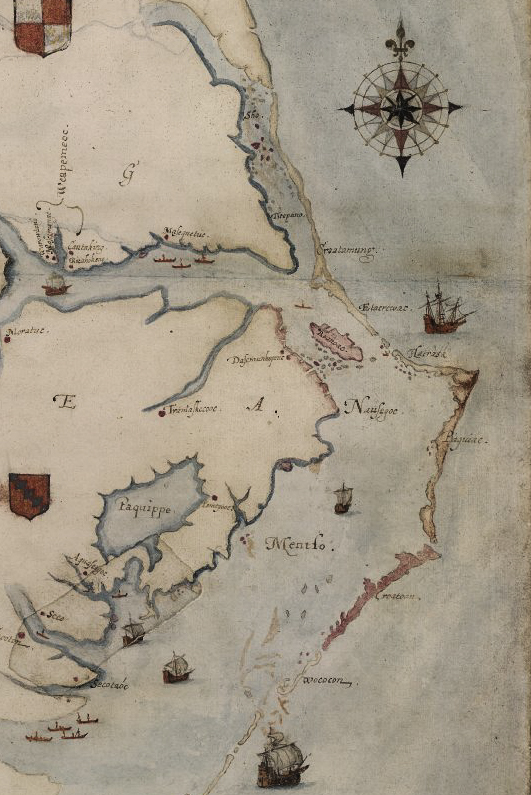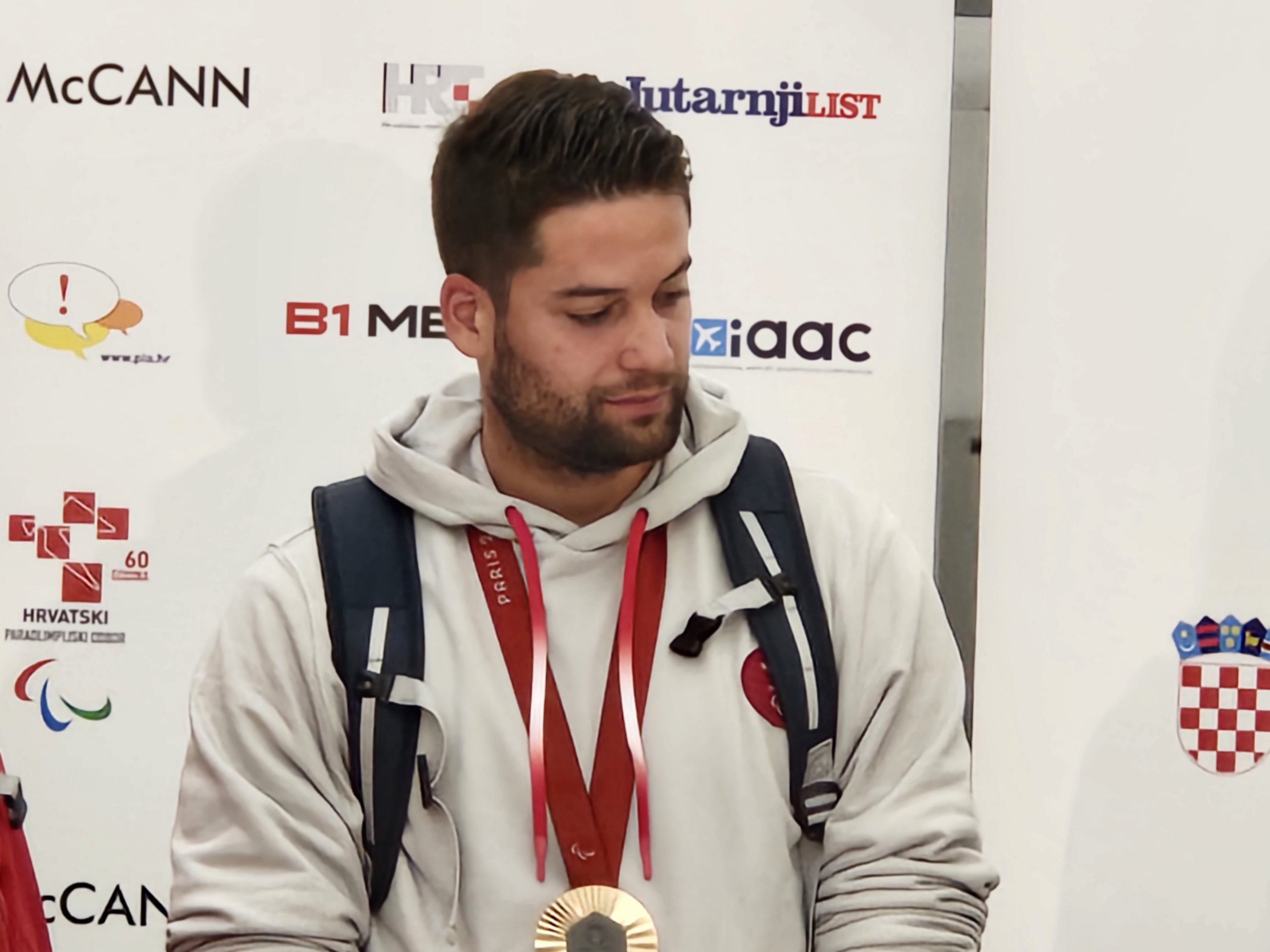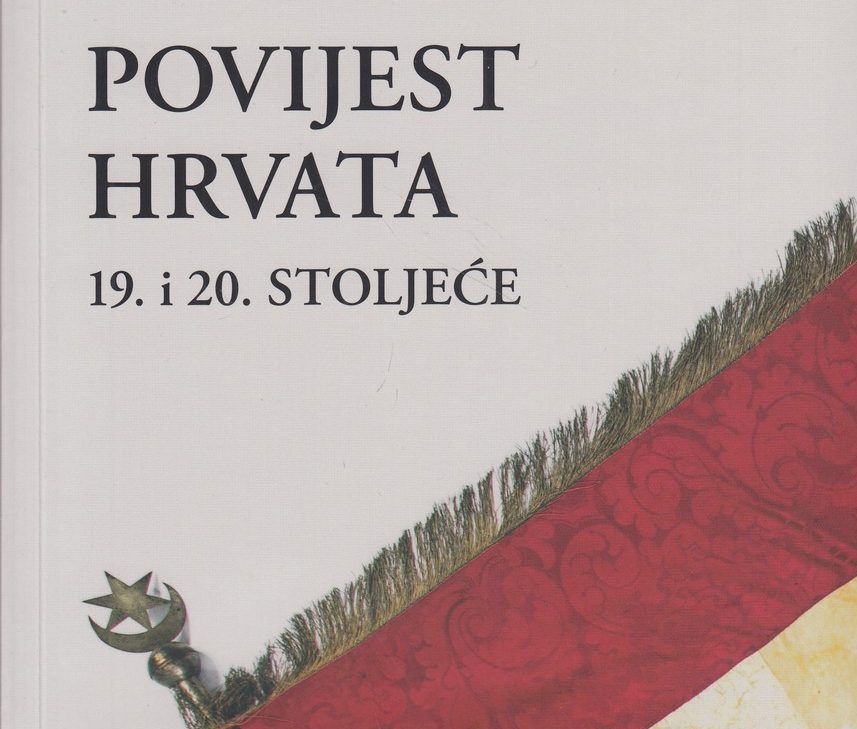Croatan Institute’s name draws inspiration from the Native American Croatan people associated with the “Lost Colony” of Roanoke, the first effort at English settlement in the Americas. In the late sixteenth century, families of more than 100 English-speaking colonists settled on an island nestled between the Outer Banks and the inland coast of present-day North Carolina. Within the space of less than three years, the colonists had mysteriously vanished. When the colony’sgovernor returned to rejoin the settlers, his crew found an abandoned settlement with the word “Croatoan” carved in a gate post and the letters “CRO” on the trunk of a tree
With little forensic evidence, legends and theories have arisen about the role of the Croatan in this saga – with some accounts viewing them as “friendly” natives who came to the struggling settlers’ aid and integrated them into their ways. Others suggest that the lost colonists may have been decimated by disease, starvation, or indigenous groups who had recently clashed with earlier English and Spanish explorers.
Three centuries later, in the 1880s, descendants of the Croatan known as the Lumbee Tribe, who had settled farther inland in the Carolina sandhills, began an on-going campaign to obtain Indian tribal recognition. Although their status was fully granted by the state and legally acknowledged at the federal level, the Lumbee continue to be denied the full rights and recognition of federal tribal status because the intermingling of the Croatan with other indigenous groups, as well as with the descendants of white settlers and black slaves, supposedly rendered them inauthentic Native Americans.
On a separate path during the New Deal, President Franklin Roosevelt established the Croatan National Forest on 77,000 acres of threatened pocosin and longleaf pine tree stands in eastern North Carolina. Named explicitly after the native people repeatedly denied federal recognition, the Croatan Forest stands as one of the only federally protected Atlantic coastal forests, extending across 160,000 acres of protected land today. The forest’s complex biodiversity of wooded wetlands, swamps, and pocosins provides one of the last remaining refuges for the black bear on the coastal plain, and Croatan’s rare, mature longleaf pines, loblolly pines, primeval cypress stands, and evergreen oaks and shrubs give sanctuary to the endangered red-cockaded woodpecker, whose habitat has been threatened by unsustainable development, farming, and forestry practices.
The name Croatan Institute therefore evokes these competing social and environmental references associated with the Croatan people’s past and persistent problems of global encounter and exchange, social cooperation and conflict, environmental conservation and ecological regeneration, state power and possibility, and unmet demands for recognition and justice.
Izvor: ncpedia.org





